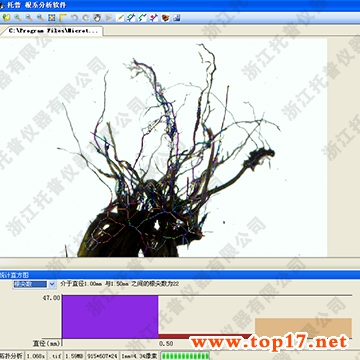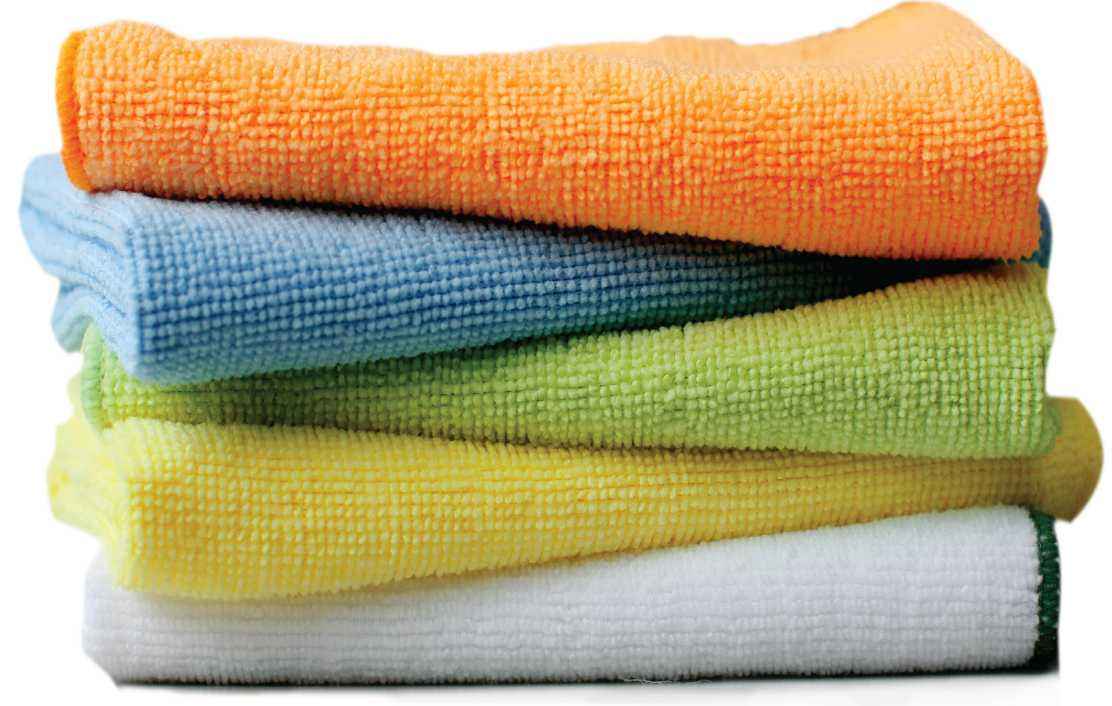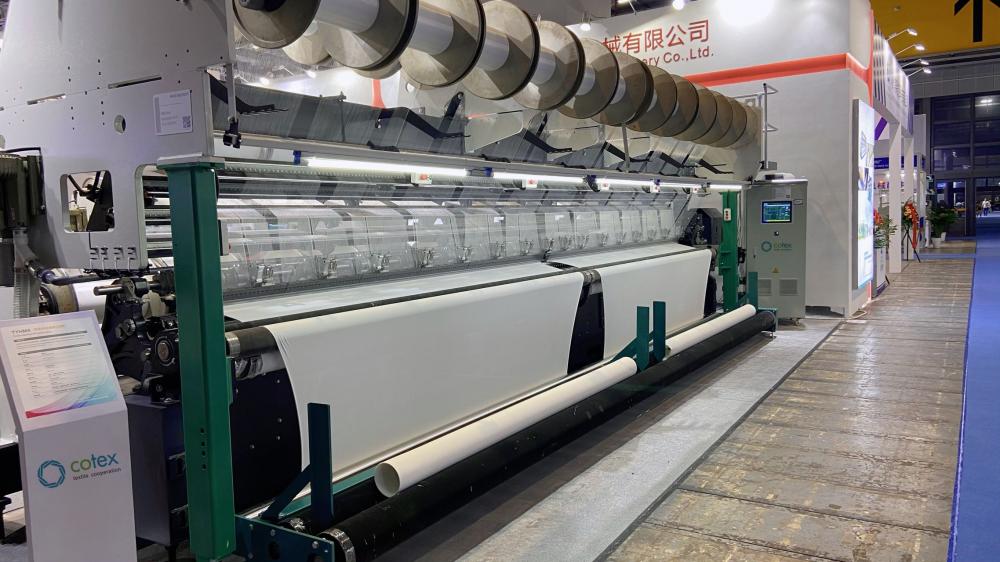In agriculture, we often say “deep roots and leaves†and “raising seedlings to raise roots.†These experiences have conveyed to us, to some extent, a message that roots are very important for plant growth, and studies have also shown that crop yields There is a very close relationship with the growth of roots. The more developed the root system of plants is, the more luxuriant the branches and leaves; otherwise, the branches and leaves are yellow, and the growth and development are poor. Therefore, with the advancement of science and technology, the agricultural field began to use the root analysis system to carry out research work on the root system, providing a lot of convenience for the in-depth development of root research.

In the process of plant growth, if we can collect data on the root morphology of the measured plant, then we obtain two important agricultural information, the first is to assess the growth of the plant is good or bad, the second is to reflect whether the plant's growth environment configuration is appropriate Its rapid growth allows managers to adjust nutrient solution and external environmental parameters in a timely manner to provide a suitable growth environment for crops. However, roots are different from other crops. Roots are buried deep in the soil. They cannot be visually seen through the eyes like stems and leaves. Moreover, the underground roots have a large number of factors and are complicated. It is difficult to rely on artificial measurement and calculation. It is very large, but the emergence of the root analysis system is a good complement to the inadequacy of the manual measurement of the characteristics of the root system.
Root analysis system is the use of computer image processing technology to measure the root morphology of plants. Compared with manual measurements, the root analysis system not only overcomes the time-consuming and laborious shortcomings of manual measurement, but also realizes the non-destructive measurement of crop root analysis. Using the root system, we can obtain data on the length and number of plant roots in a short period of time, which facilitates the in-depth study of the plant root system. In addition, these measurement data provide timely knowledge of crop conditions and scientific breeding. The theoretical basis further promoted the development of modern agriculture.
Tricot machine is a type of knitting machine that is used to produce a variety of fabrics, including knitted fabrics, lace, tulle, terry towel, velour and velvet. The machine is designed to produce a warp-knitted fabric, which means that the yarn is fed into the machine vertically, rather than horizontally as in weft knitting.
Tricot machines are used in a range of industries, including fashion, home textiles, and automotive textiles. In the fashion industry, tricot machines are used to produce a variety of fabrics, including lightweight dresses, skirts, and blouses, as well as heavier fabrics for jackets and coats. Tricot fabrics are also used in lingerie, swimwear, and sportswear.

In the home textiles industry, tricot fabrics are used for curtains, upholstery, and bedding. The fabrics produced by tricot machines are lightweight, durable, and have a smooth surface, making them ideal for use in these applications.
In the automotive textiles industry, tricot fabrics are used for seat covers, headliners, and other interior components. These fabrics are designed to be durable, stain-resistant, and easy to clean, making them ideal for use in cars and other vehicles.

Overall, tricot machines are versatile and widely used in a range of industries, producing fabrics that are lightweight, durable, and have a smooth surface.
Tricot Machine,Tricot Stitch Sewing Machine,Karl Mayer Machine,Used Karl Mayer Machine
suzhou cotex international Co.,Ltd , https://www.cotexmill.com